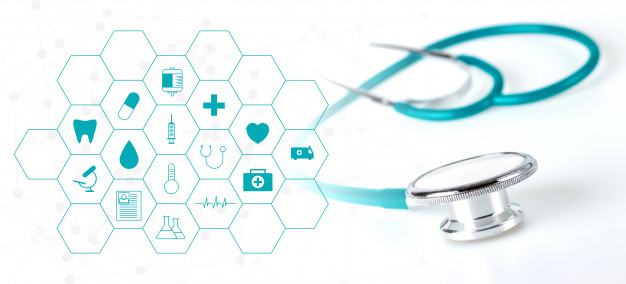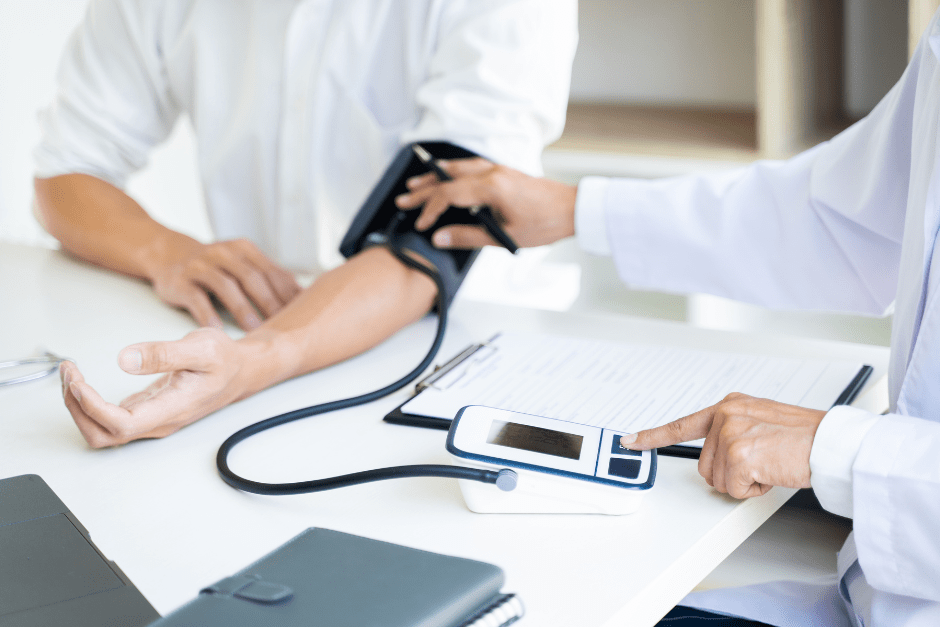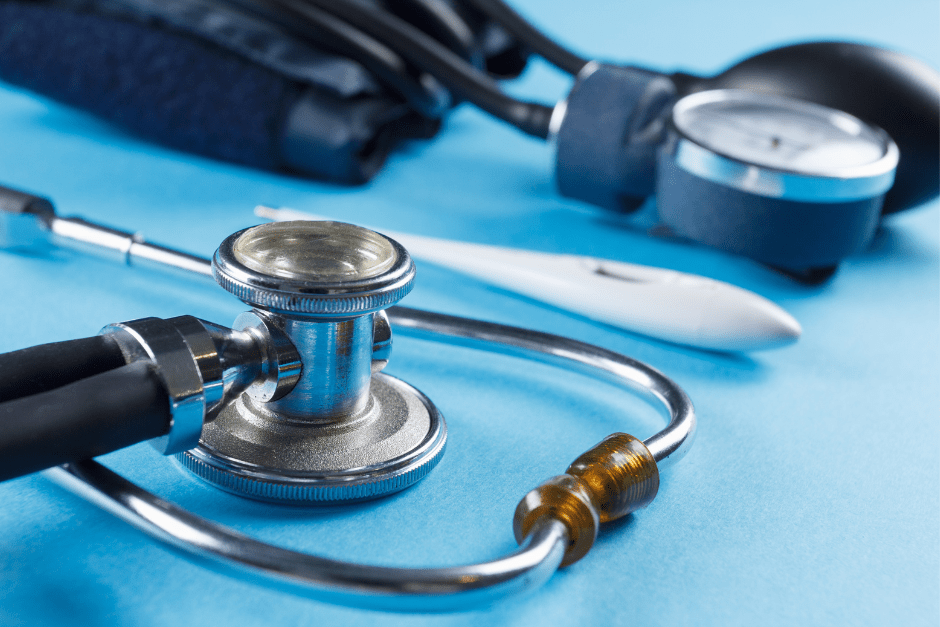
Table of Contents
Class II medical devices are an important segment of the medical device industry.
These moderate-risk devices include many important tools utilized in modern medical procedures and treatments.
While not presenting the highest risk level, class II devices still require special controls and regulatory oversight to ensure they perform as intended and do not pose undue risk to patients.
Examples of class II devices include surgical drapes used to maintain a sterile environment during procedures, endoscopes used for minimally invasive diagnostic imaging, and orthopaedic implants like joint replacements and fracture fixation devices.
Due to their potential impact on patient health and safety, class II medical devices must meet performance, labelling, and postmarket surveillance standards set by the U.S. Food and Drug Administration.
With proper oversight and controls, these moderate-risk devices can help improve patient outcomes and the standard of medical care.
Let’s deep dive into the approval processes for class II medical devices across the United States, Europe, and China.
Class II Medical Devices and Classifications
A class II medical device is a device that is intended to be used for a moderate-risk purpose.
These devices may not pose the same level of risk as class III devices, but they still require some level of regulatory control to ensure their safety and effectiveness.|
Examples of class II medical devices include many types of diagnostic equipment, such as glucose meters, blood pressure monitors, and x-ray machines.
They may also include devices such as powered wheelchairs, surgical drapes, and examination gloves.
A product must meet certain criteria to be classified as a class II medical device.
It must be intended for use in the diagnosis, treatment, or prevention of disease or other conditions or to affect the structure or function of the body.
It must not be a device that is intended to be implanted in the body or a device that is intended to support or sustain life.
Some class II medical devices do not require premarket notification because they are considered low-risk.
These devices are referred to as “exempt” devices and include items such as elastic bandages and surgical sponges.
Manufacturers of exempt devices must still register their establishments and list their devices with respective regulatory authorities.
They are not required to go through the premarket review process.
In the United States, class II medical devices are regulated by the Food and Drug Administration (FDA) under the authority of the Medical Device Amendments of 1976.
These amendments established a three-class system for medical devices based on the level of risk they pose to the user. Class I devices are considered low-risk and include items such as tongue depressors and elastic bandages.
Class III devices are considered high-risk and include items such as implantable pacemakers and breast implants.
The Approval Process for Class II Medical Devices in the United States
Medical device manufacturers must follow a set of regulatory requirements to bring a class II medical device to market.
They must submit a premarket notification, or 510(k), to the FDA demonstrating that the device is substantially equivalent to a device that is already on the market.
This process involves providing detailed information about the device, including its intended use, design, and manufacturing process.
The FDA reviews this information and determines whether the device is safe and effective for its intended use.
If the FDA determines that a class II medical device is substantially equivalent to a device already on the market, it will clear the device for sale.
However, if the FDA determines that a device is not substantially equivalent or if it raises concerns about the device’s safety or effectiveness, it may require additional clinical testing or other data before it can be cleared for sale.
In addition to the premarket review process, class II medical devices are also subject to post-market requirements.
This means that manufacturers must continue to monitor their devices after they are on the market and report any adverse events or problems to the FDA.
They must also maintain records of their devices and make them available to the FDA upon request.
The Approval Process for Class II Medical Devices in Europe
Medical Devices Regulation (MDR), these regulatory frameworks apply to class II medical devices and require manufacturers to demonstrate that their products are safe and effective for their intended use.
In Europe, there are lla and IIb-type medical devices. Classified as low-moderate risk and high-moderate risk devices.
Under the MDR, manufacturers of class II medical devices must obtain a CE mark to sell their products in the European Union (EU).
Manufacturers must complete a conformity assessment procedure to obtain a CE mark and submit a technical file to a European Commission (Notified body).
The notified body is an organization that the EU designates to assess the safety and performance of medical devices.
The conformity assessment procedure for class II medical devices depends on the specific type of device and its intended use.
In general, it involves evaluating the design and manufacturing of the device, as well as its instructions for use and labelling.
Manufacturers may also be required to conduct clinical evaluations or other types of testing to demonstrate the safety and effectiveness of their devices.
Once a manufacturer has completed the conformity assessment procedure, the notified body will review the technical file and determine whether the device meets the relevant requirements.
If the notified body determines that the device is safe and effective, it will issue a CE mark, and the manufacturer can begin selling the device in the EU.
The Approval Process for Class II Medical Devices in China
The National Medical Product Administration (NMPA), formerly the China Food and Drug Administration (CFDA), is responsible for overseeing medical device regulations.
Before selling or distributing their products in China, manufacturers must register their products with the NMPA.
The NMPA evaluates all device applications and has stringent guidelines for the submission of testing results, clinical data, and supporting documentation.
The technical dossier that manufacturers are required to submit must contain thorough technical information, clinical data, and quality documentation.
All Class II devices must be tested locally in China, though the NMPA may accept part of your previous test results. Depending on your device type, different testing criteria apply.
Overall, the regulation of class II medical devices is intended to ensure their safety and effectiveness while allowing manufacturers to bring new products to market in a timely and efficient manner.
By following the appropriate regulatory requirements, manufacturers can help protect the public and ensure their devices are used safely and effectively.
In summary, class II medical devices provide important medical tools that allow for diagnosis, monitoring, and treatment.
However, their potential risks require careful and thorough regulation to ensure patient safety and effectiveness.
With proper oversight, class II medical devices can continue to improve healthcare and patient outcomes in the years ahead.
Conclusion
Class III medical devices are those that pose the greatest potential risk to patients and are subject to the highest level of regulatory control by the FDA, European Commission, or NMPA.
These devices require premarket approval and are subject to ongoing monitoring and reporting requirements to ensure their safety and effectiveness.
Proper classification of medical devices based on risk is crucial to ensuring appropriate oversight and regulation.
For Class III devices, which pose the greatest risk, the rigorous PMA process helps confirm they meet high standards of safety and effectiveness before reaching the market.
We at RegDesk continue to stay up to date on the latest regulatory guidance and requirements for these critical devices
How Can RegDesk Help?
RegDesk is a holistic Regulatory Information Management System that provides medical device and pharma companies with regulatory intelligence for over 120 markets worldwide. It can help you prepare and publish global applications, manage standards, run change assessments, and obtain real-time alerts on regulatory changes through a centralized platform. Our clients also have access to our network of over 4000 compliance experts worldwide to obtain verification on critical questions. Global expansion has never been this simple.


